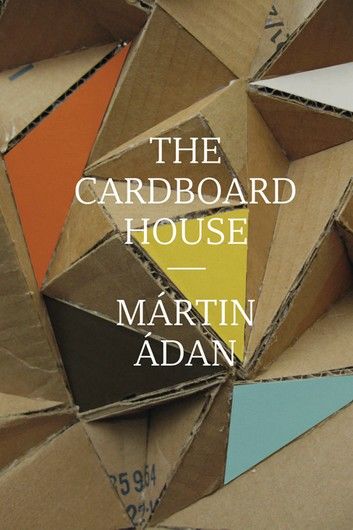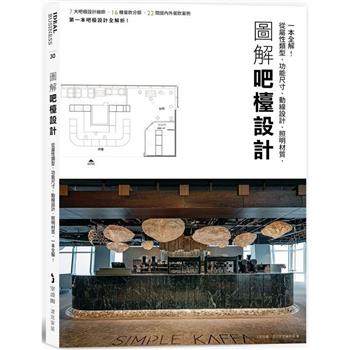| FindBook |
有 1 項符合
The Cardboard House的圖書 |
 |
The Cardboard House 作者:Martín Adán / 譯者:Katherine Silver 出版社:New Directions 出版日期:2012-09-25 語言:英文 |
| 圖書館借閱 |
| 國家圖書館 | 全國圖書書目資訊網 | 國立公共資訊圖書館 | 電子書服務平台 | MetaCat 跨館整合查詢 |
| 臺北市立圖書館 | 新北市立圖書館 | 基隆市公共圖書館 | 桃園市立圖書館 | 新竹縣公共圖書館 |
| 苗栗縣立圖書館 | 臺中市立圖書館 | 彰化縣公共圖書館 | 南投縣文化局 | 雲林縣公共圖書館 |
| 嘉義縣圖書館 | 臺南市立圖書館 | 高雄市立圖書館 | 屏東縣公共圖書館 | 宜蘭縣公共圖書館 |
| 花蓮縣文化局 | 臺東縣文化處 |
|
|
A sweeping, kaleidoscopic, and passionate novel that presents a stunning series of flashes — scenes, moods, dreams, and weather— as the narrator wanders through Lima.
Published in 1928 to great acclaim when its author was just twenty years old, The Cardboard House is sweeping, kaleidoscopic, and passionate. The novel presents a stunning series of flashes — scenes, moods, dreams, and weather— as the narrator wanders through Barranco (then an exclusive seaside resort outside Lima). In one beautiful, radical passage after another, he skips from reveries of first loves, South Pole explorations, and ocean tides, to precise and unashamed notations of class and of race: an Indian woman “with her hard,shiny, damp head of hair—a mud carving,” to a gringo gobbling “synthetic milk,canned meat, hard liquor.”
Adán’s own aristocratic family was in financial freefall at the time, and, as the translator notes, The Cardboard House is as “subversive now as when it was written: Adán’s uncompromising poetic vision and the trueness and poetry of his voice constitute a heroic act against cultural colonialism.”
|










